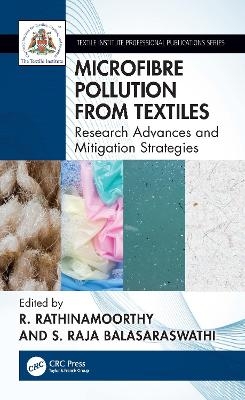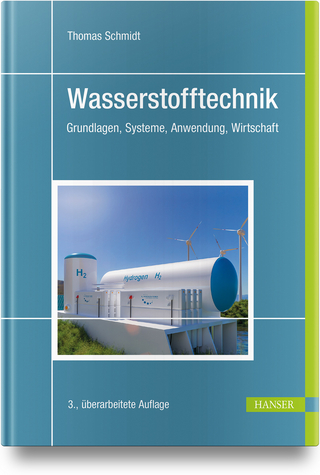
Microfibre Pollution from Textiles
CRC Press (Verlag)
978-1-032-36445-2 (ISBN)
The book
Examines the contributions of the textile and fashion industries to microfibre pollution, from production to disposal
Reviews recently developed methods and technological advancements in the identification and quantification of microfibres from textiles
Addresses emerging sustainable mitigation strategies and sustainable textile production methods that can potentially reduce or eliminate microfibre shedding
Details the state-of-the-art on existing regulations and standards and provides scope for future research in the area of standard development
By bridging the gap between environmental and textile studies, this book is aimed at researchers and advanced students in textile and environmental science and engineering.
R. Rathinamoorthy is Associate Professor in the Department of Fashion Technology, PSG College of Technology, Coimbatore, India. He is one of the world's top 2% scientists as reported by Elsevier and Stanford University. His areas of research are biomaterials for textiles and environmental pollution control due to textiles. S. Raja Balasaraswathi has a Master’s degree in Fashion Technology from the National Institute of Fashion Technology, Bengaluru, India. She has conducted extensive research on microfiber pollution since 2019. She has published 17 research papers in international journals, has contributed 3 book chapters, and co-authored a book in the field of microfiber pollution.
Section One – Microfiber Pollution in the Textile and Fashion Industry. 1.An Introduction to Microfiber Pollution. 2.Impact of artificial ageing on microfiber release from polyester textiles. 3.Factors influencing microfiber emission from textiles and methods for quantifying microfiber release during laundry processes. 4.Characterization and identification of microfiber particles released in the washing process. 5.Microfibres from Textile Industry Effluents. 6.Microfiber Contribution from Drying Clothes is Critical in Estimating Total Microfiber Emissions from Textiles. 7.Microfibers pollution associated with disposable PPE products driven by the COVID-19 pandemic and its environmental repercussions. Section Two – Sources of Microfiber Pollution and Analytical Tools. 8.Quantifying microfibre release from textiles during domestic laundering: Challenges and progress. 9.Forensic Textile and Fibre Examinations for the Purposes of Improved Recovery, Analysis and Interpretation of Microplastic Pollution. 10.Dynamic image analysis for determination of textile fibers. Section Three – Impact of Microfiber Pollution. 11.The occurrence of natural and synthetic fibers in the marine environment. 12.Dynamics of microfibers discharged into the urban and suburban environment. 13.Indoor Microplastics and Microfibers: Sources and Impacts on Human Health. 14.Microfiber Pollution: Pathways to Health Impact. Section Four – Potential Mitigation Strategies and Awareness. 15.Cross-disciplinary Collaboration Challenging Microfibre Fragmentation in the Fashion and Textile Industries. 16.Mitigation strategies for microfiber pollution. 17.Together We Go Further and Faster: A Review of Existing Policy Plans for Microfibre Pollution. 18.Sustainable Approaches in textile finishing to control microfiber releases. 19.Microfiber from Textiles – The new task of standardization. 20.Aligning the textile industry towards the mitigation of microfibre pollution.
| Erscheinungsdatum | 19.04.2024 |
|---|---|
| Reihe/Serie | Textile Institute Professional Publications |
| Zusatzinfo | 27 Tables, black and white; 44 Line drawings, black and white; 40 Halftones, black and white; 84 Illustrations, black and white |
| Verlagsort | London |
| Sprache | englisch |
| Maße | 156 x 234 mm |
| Gewicht | 653 g |
| Themenwelt | Naturwissenschaften ► Biologie ► Ökologie / Naturschutz |
| Naturwissenschaften ► Chemie ► Technische Chemie | |
| Technik ► Umwelttechnik / Biotechnologie | |
| Wirtschaft ► Volkswirtschaftslehre | |
| ISBN-10 | 1-032-36445-9 / 1032364459 |
| ISBN-13 | 978-1-032-36445-2 / 9781032364452 |
| Zustand | Neuware |
| Informationen gemäß Produktsicherheitsverordnung (GPSR) | |
| Haben Sie eine Frage zum Produkt? |
aus dem Bereich


